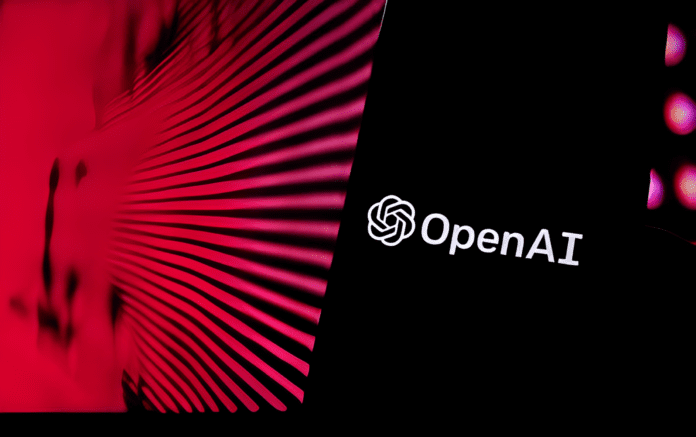OpenAI has implemented several enhanced safety protocols to strengthen its line of defense from potential artificial intelligence attacks. The corporation will establish a “safety advisory group” with power over the technological teams and the responsibility of making suggestions to leadership.
OpenAI has given this board the authority to veto decisions. This step underscores OpenAI’s dedication to remaining at the forefront of risk management through a proactive approach. OpenAI has recently seen substantial leadership changes and ongoing openness regarding the hazards of AI implementation. This caused the corporation to rethink its safety procedures.
OpenAI announced a systematic strategy for identifying and addressing catastrophic risks in emerging AI models in an upgraded version of its “Preparedness Framework” posted on a Blog.
“By catastrophic risk, we mean any risk that could result in hundreds of billions of dollars in economic damage or lead to the severe harm or death of many individuals — this includes but is not limited to, existential risk” OpenAI Updated.
A Look at OpenAI’s New “Preparedness Framework”
The new OpenAI Preparedness Framework covers three separate categories, with models divided into governance phases. In-production models are assigned to the “safety systems” team.
This is intended to identify and quantify risks before release. The “superalignment” team aims to provide theoretical advice for such models. The “cross-functional Safety Advisory Group” of OpenAI is entrusted with assessing reports separately from technical teams to assure the process’s neutrality.
The risk evaluation procedure entails evaluating models in four categories. Examples include CBRN (chemical, biological, radiological, and nuclear dangers), model autonomy, persuasion, and cybersecurity.
Although they may investigate mitigations, the system will not permit the development of any model with a ‘high’ risk. Furthermore, if the models contain ‘major risks,’ they cannot build the systems further. The framework’s approach to determining the distinct risk levels demonstrates OpenAI’s continued commitment to transparency. This clarifies and standardizes the evaluation procedure.
In the cybersecurity section, for example, the possible impact of model capabilities defines the multiple risk levels. This includes discovering new cyberattacks and implementing defense tactics to enhance efficiency.

This committee of experts will make recommendations for both the leadership and the board. OpenAI’s two-stage review method attempts to ensure high-risk technologies from being developed with proper examination.
The CEO and CTO of OpenAI will make the final decisions.
Final decision-making power over the creation of advanced models remains with OpenAI’s CEO and CTO, Sam Altman, and Mira Murati. Nevertheless, the level of openness in decision-making and the efficacy of the board’s veto authority are still issues.

OpenAI has pledged to have these systems audited by impartial outside parties. The effectiveness of its security measures is heavily reliant on expert suggestions. The IT community is closely monitoring OpenAI as it takes this brave step to strengthen its safety framework.




